Dongmin Cha
Revisiting Image Pyramid Structure for High Resolution Salient Object Detection
Sep 26, 2022


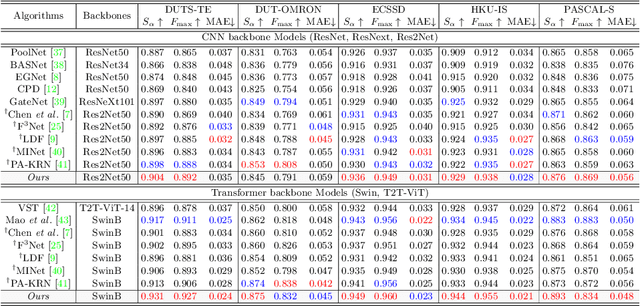
Abstract:Salient object detection (SOD) has been in the spotlight recently, yet has been studied less for high-resolution (HR) images. Unfortunately, HR images and their pixel-level annotations are certainly more labor-intensive and time-consuming compared to low-resolution (LR) images and annotations. Therefore, we propose an image pyramid-based SOD framework, Inverse Saliency Pyramid Reconstruction Network (InSPyReNet), for HR prediction without any of HR datasets. We design InSPyReNet to produce a strict image pyramid structure of saliency map, which enables to ensemble multiple results with pyramid-based image blending. For HR prediction, we design a pyramid blending method which synthesizes two different image pyramids from a pair of LR and HR scale from the same image to overcome effective receptive field (ERF) discrepancy. Our extensive evaluations on public LR and HR SOD benchmarks demonstrate that InSPyReNet surpasses the State-of-the-Art (SotA) methods on various SOD metrics and boundary accuracy.
DAM-GAN : Image Inpainting using Dynamic Attention Map based on Fake Texture Detection
Apr 20, 2022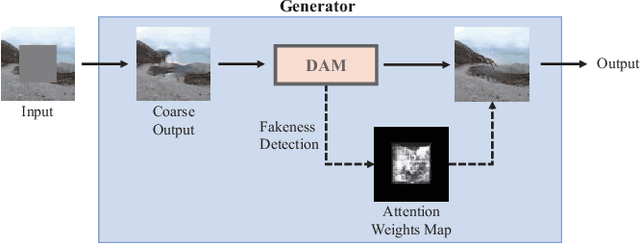
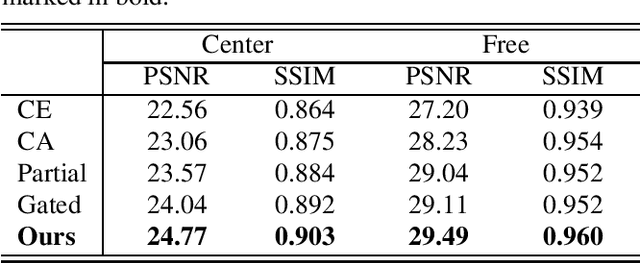
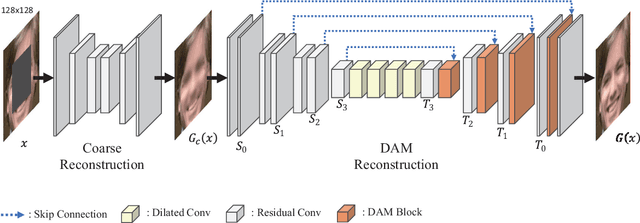
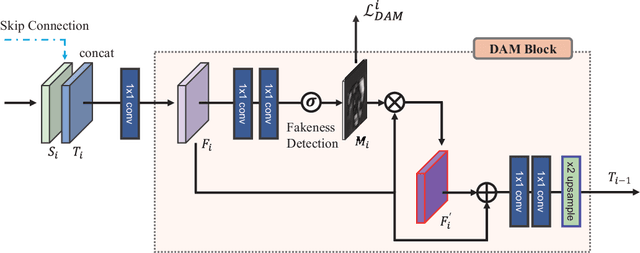
Abstract:Deep neural advancements have recently brought remarkable image synthesis performance to the field of image inpainting. The adaptation of generative adversarial networks (GAN) in particular has accelerated significant progress in high-quality image reconstruction. However, although many notable GAN-based networks have been proposed for image inpainting, still pixel artifacts or color inconsistency occur in synthesized images during the generation process, which are usually called fake textures. To reduce pixel inconsistency disorder resulted from fake textures, we introduce a GAN-based model using dynamic attention map (DAM-GAN). Our proposed DAM-GAN concentrates on detecting fake texture and products dynamic attention maps to diminish pixel inconsistency from the feature maps in the generator. Evaluation results on CelebA-HQ and Places2 datasets with other image inpainting approaches show the superiority of our network.
 Add to Chrome
Add to Chrome Add to Firefox
Add to Firefox Add to Edge
Add to Edge